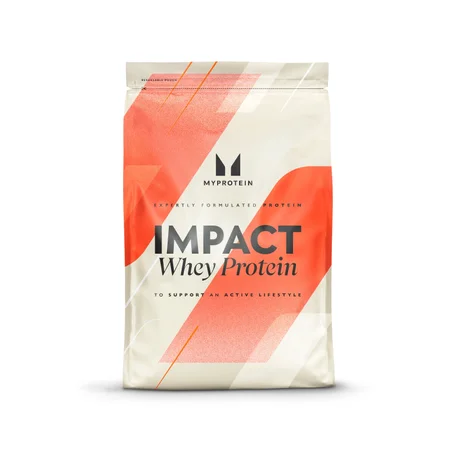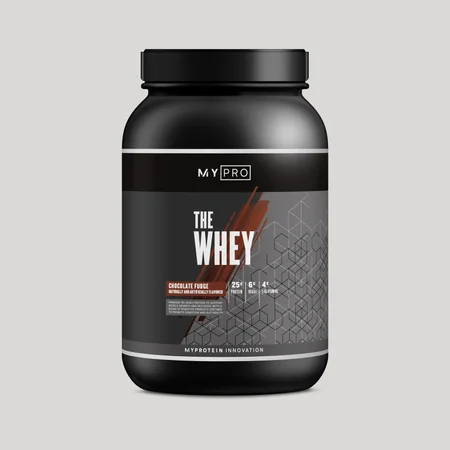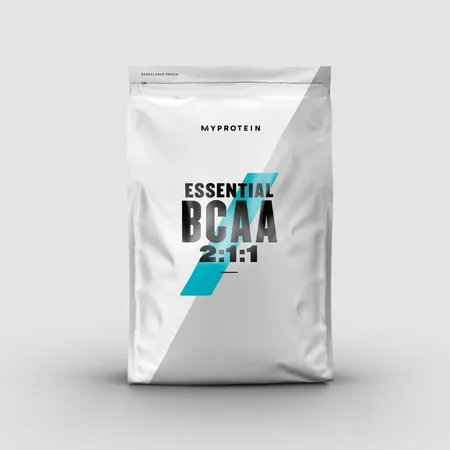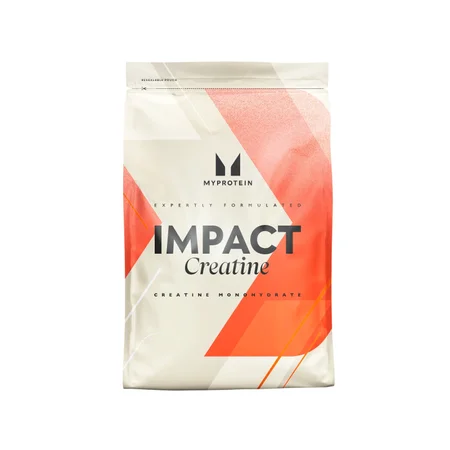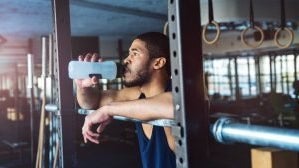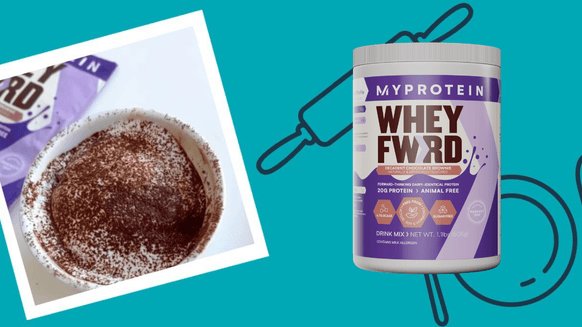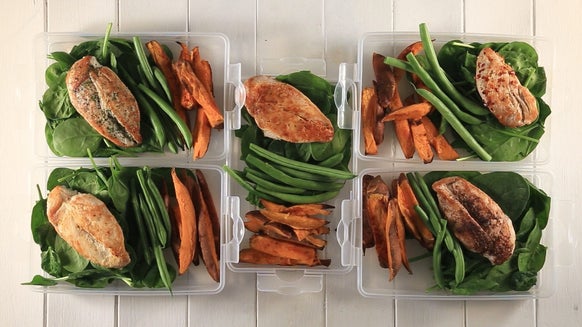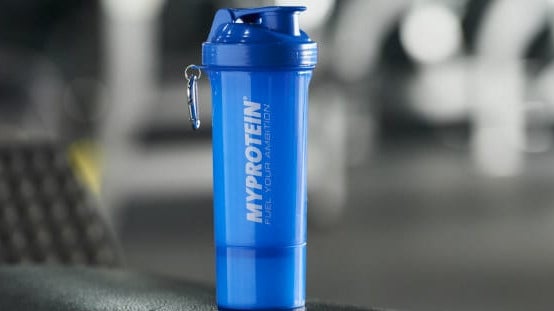Understanding HIIT | How Does It Boost The Metabolism?

Many gym goers have spent countless hours mundanely walking or jogging on a treadmill, or pedalling on a bike watching TV, waiting to hit a calorie goal. This takes a long time, can be extremely monotonous, and may even lead to loss of lean muscle tissue. Higher intensities require full attention, can be more beneficial in a fraction of the time, and provide explosive movements conducive to muscle growth and coordination.
That being said, if you were to exercise vigorously instead, there is only so long that you can keep it going continuously before exhaustion. This is because low-intensity steady state (LISS) cardio is performed within the aerobic threshold. Within this threshold, our body has an easier time providing energy and does so with processes involving oxygen (more on this later). Vigorous exercise will utilize energy metabolisms that do not involve oxygen use and can only be sustained for very short periods of time. So how can you reap benefits from high-intensity exercise when you can only perform so much at once (typically 8 seconds to 2 minutes¹)?
High-Intensity Interval Training
Sprints, burpees, kettlebell swings, no they haven't gone insane, they're doing HIIT (hopefully). HIIT stands for high-intensity interval training, which as the title suggests, lines up periods of maximal effort and light exercise or rest. You can perform short bouts of very high-intensity exercise, reduce intensity drastically and then follow up with another short burst of intensity.
There are many protocols for the duration of intervals, but a common one is 30 seconds of high intensity with 1 to 2 minutes of light intensity, moderate intensity, or rest, for a total of 15 minutes. The beauty of HIIT is that it can be applied to practically any modality. If you enjoy running, you can sprint, if you don't like running but like cycling, simply apply the intensity period to your cycling. HIIT can be performed with weighted movements, body weight exercises, and by intensifying generic cardio. The possibilities are endless and allow for everyone to choose something they enjoy.

How Does HIIT Boost The Metabolism?
To understand how HIIT makes a difference, we need to understand some things about our body's relationship with calories and macronutrients. When we exercise our muscles require more oxygen, to fulfil the need we increase our breathing. We are able to estimate that for every litre of oxygen exchanged, our bodies burn through roughly 5 calories. There are 3 energy metabolism systems that our bodies use depending on intensity and duration. One for immediate, full-force exertion (phosphocreatine); one for relatively high intensity (glycolysis), but sustainable for a minute or two; and one for lower to moderate strain that is sustainable for long periods of time (beta-oxidation).
The phosphocreatine system and glycolysis do not need oxygen, and beta-oxidation does. LISS predominately uses the beta-oxidation system; therefore, when you look at the calorie count on the treadmill after your 45-minute run you will see a nice high number such as 450. Whereas if you have ever taken a look at an estimation of calories burned during weightlifting, you were probably confused and disappointed at a number half that or less. HIIT cardio has shown in research studies to burn more body fat than LISS cardio.² So how can this be? While there are many factors that may be the cause of this outcome, our best speculations point to the afterburn effect.
Excess Post-Exercise Oxygen Consumption
Perhaps you have heard of the term EPOC before? It stands for Excessive Post-Exercise Oxygen Consumption. When you are exercising, you will breathe more to provide oxygen to the working muscles. After exercise, you will continue to inspire more than normal to make up for what was used returning the body to homeostasis. So for hours after exercise, you will increase your caloric expenditure.
Here's where things get interesting. According to a study,³ 45 minutes of LISS resulted in a 7% EPOC effect, but 30 minutes of HIIT doubled that with 14% EPOC. To provide a relateable instance, try and recall what happens when you finish a set of 12 squats to failure. You will typically be bent over gasping for breath; well all those breaths are making up for the exercise you just performed. The effect seems to be greater when we primarily use the energy systems that don't require oxygen, which makes a lot of sense.

Metabolic Equivalent Of Task
METS, or metabolic equivalent of task, is a scale that relates activities to sitting with no movement. Cycling at a little under 10mph is about 4 METS, sitting without movement is 1 MET, so the cycling is 4 times as metabolically demanding as the sitting. In this study,⁴ METS were assessed both during and post HIIT to see what the body goes through beyond just the exercise. They found that on average the METS doubled in the 2 minutes post-exercise. There are many things researchers are looking at to find definitive reasons why HIIT works so well for body composition (increased mitochondrial density for improved beta-oxidation, most similar to weight training, explosive muscle activation).
However, until we have answers backed by sound facts and reason we must extrapolate from what has shown results. Though HIIT may be very effective, that doesn't mean to never do steady state cardio again. Some days you won't feel 100% motivated in the gym and it will be hard to give it your all during HIIT on these days. Make sure to do what works for you and gets the results for your goals.

¹Campbell, B. (2014). Appendix A: Overview of Bioenergenics. In Sports Nutrition Enhancing Athletic Performance (pp.300-302). Boca Raton, Fl: Taylor and Francis Group
²Tremblay, Angelo, et al. Impact of exercise intensity on body fatness and skeletal muscle metabolism. Metabolism. Vol 43. no 7 (July). Pp 814-818. 1994.
³LaForgia J et. al. Effects of exercise intensity and duration on the excess post-exercise oxygen consumption. J Sports Sci. 2006 Dec;24(12):1247-64.
⁴An examination of the differences between two methods of estimating energy expenditure in resistance training activities. Vezina JW; Der Ananian CA; Campbell KD; Meckes N; Ainsworth BE. J Strength Cond Res; 28(4): 1026-31, 2014 Apr.
